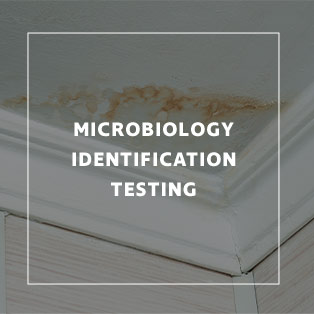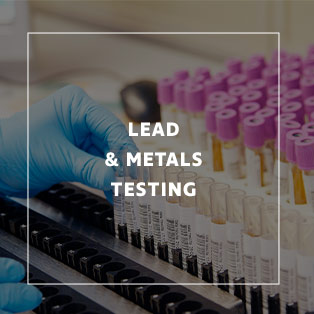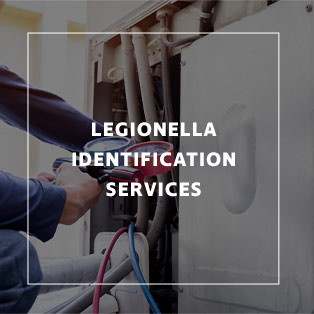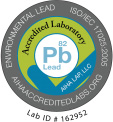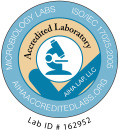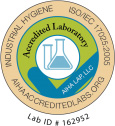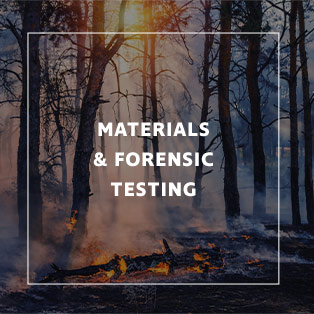 The material science division was developed to help our clients with solutions for their projects. At SanAir, we offer a wide variety of services for full particle identification, unknown identification, optical identification, carbon black analysis, product comparison, contamination identification and analysis.
The material science division was developed to help our clients with solutions for their projects. At SanAir, we offer a wide variety of services for full particle identification, unknown identification, optical identification, carbon black analysis, product comparison, contamination identification and analysis.
SanAir’s facility includes the finest electron optics and preparation equipment providing you with the highest quality. Only the most recent and accepted protocols are followed, ensuring you of up-to-date results.
Materials Science
SanAir’s facility includes the finest electron optics and preparation equipment providing you with the highest quality. Only the most recent and accepted protocols are followed, ensuring you of up-to-date results. The materials science division was developed to help our clients with solutions for their projects. At SanAir, we offer a wide variety of services in forensics testing, combustion by-products testing, unknown to full particulate identification.
Analytical Services
Optical and Full Particle Identification Analysis: qualitative and quantitative analysis of particulate. This method tests for:
- Man Made Vitreous Fibers (MMVF)
- Asbestos
- Mold
- Biological material
- Synthetic fibers
- Hair
- Minerals
- Cellulose
- Chemical analysis of organic and inorganic material (included in Full Particle Identification only)
Single Analyte and Unknown Particle Identification: quantitative analysis of material using various techniques based on your specific case. FTIR, GC/MS, ICP, SEM, TEM, RLM, PLM, and all other optics are employed to resolve your product failure, contamination, or unknown material source
Carbon Black and Soot Analysis: ASTM D6602 method is performed. This test is requested by insurance companies to test for extent of wildfire or fire damage to any property. This method includes a streak test, polarized light analysis followed by transmission electron microscopy, and volatiles analysis.
ASTM D 6602 Carbon Black & Soot – Optics, Volatiles, STEM
ASTM D 6602 Char & Opaque Particles – Optics Only – PLM/RLM
IESO/RIA Standard 6001 method for HVAC systems: Method uses polarized light and reflective bright field and dark field to identify char and soot particles
Gravimetric Methods:
NIOSH 500: Total Particulates (Nuisance Dust)
NIOSH 600: Respirable (Nuisance Dust)
NIOSH 5000 and NIOSH 5000 with TEM confirmation: Carbon Black
NADCA Vacuum Test for HVAC systems
Particulate Matter
PM10
PM2.5
Chinese Drywall Testing:
Chinese Drywall analysis (Level A): Environmental Chamber Corrosion test and Chemical Analysis of Strontium. Rust formation is confirmed by polarized light microscopy. Chemical analysis for Strontium is performed by ICP.
Chinese Drywall analysis (Level B): Sulfate Reducing Bacteria Test. Sulfate Reducing Bacteria grow anaerobically and reduce sulfate to hydrogen sulfide, which will generate odor resembling rotten eggs and initiate corrosion process of metal. The presence of sulfate reducing bacteria (SRB) in a Chinese drywall sample is confirmed by immunoassay and biological activity reaction test.
Man Made Vitreous Fiber Testing (MMVF): Identification of fiber glass, mineral wool, and ceramic fibers using Phase Contrast and Transmission Electron Microscopy in air.
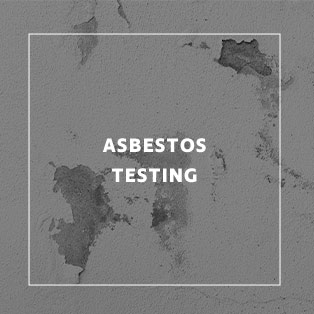 SanAir is a full-service laboratory offering asbestos analysis in Phase Contrast Microscopy (PCM), Polarized Light Microscopy (PLM), and Transmission Electron Microscopy (TEM).
SanAir is a full-service laboratory offering asbestos analysis in Phase Contrast Microscopy (PCM), Polarized Light Microscopy (PLM), and Transmission Electron Microscopy (TEM).





